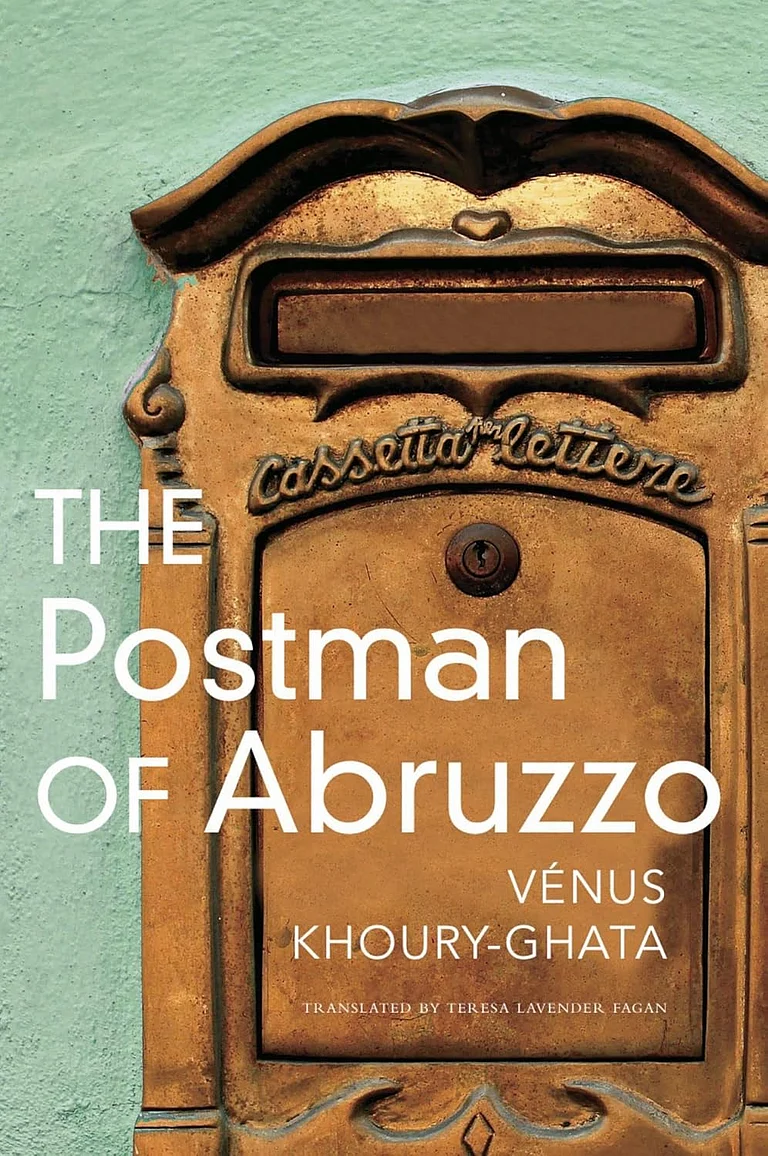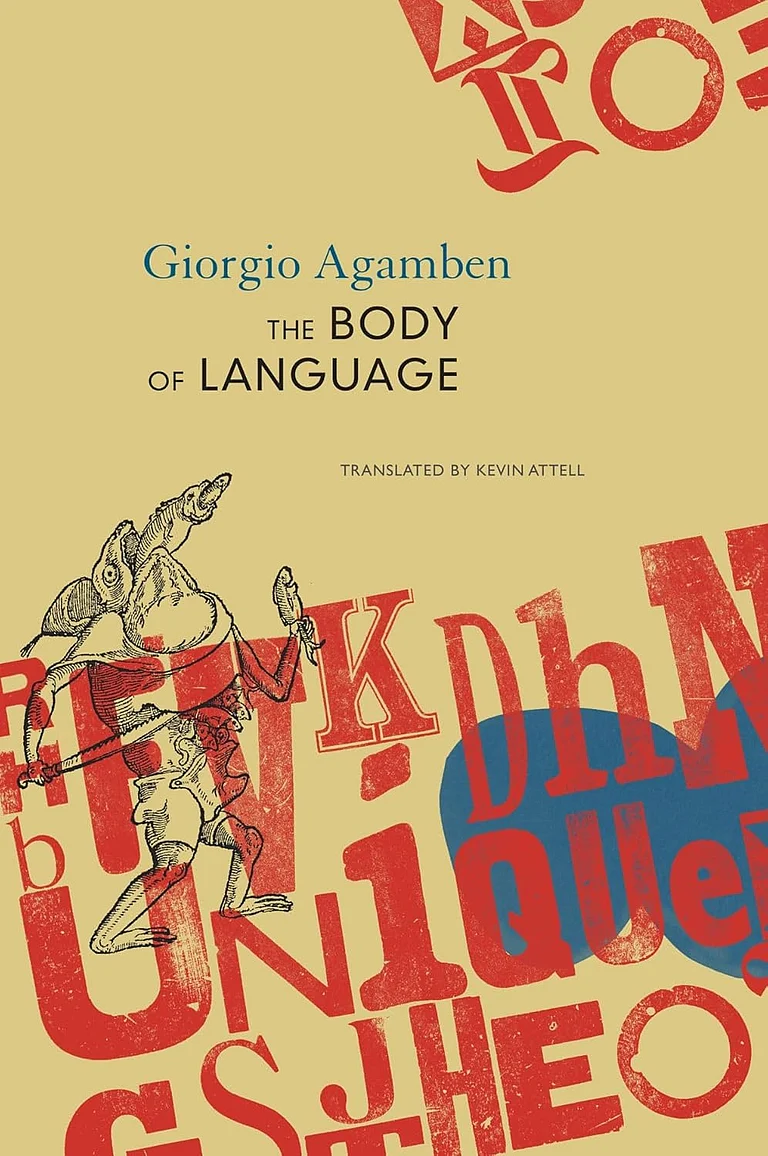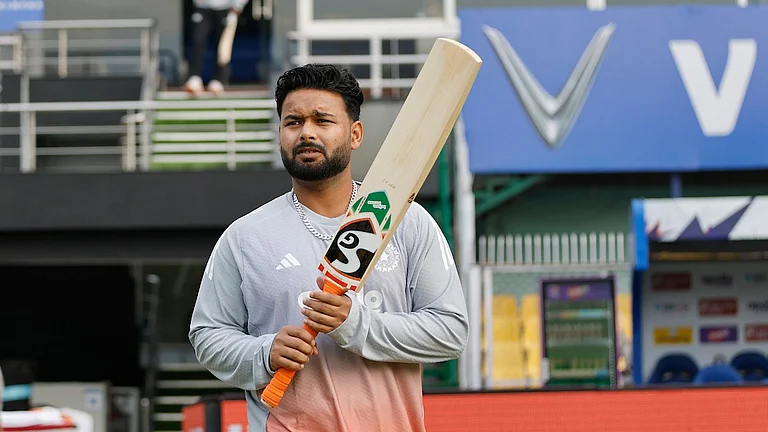India’s pioneering psephologists Dr Prannoy Roy and Dorab R. Sopariwala provide some revelations in their latest book, The Verdict, including that women might outvote men in 2019 despite millions being disenfranchised.
Outlook brings you Exclusive Extracts:
Perhaps the most heartening sight while travelling around the country during elections is long queues of women outside polling booths, waiting to vote. These lines are often longer than the separate queues for men. The current high level of women’s participation has been a major development in India’s democracy.
In 1962, the turnout of women was only 47 per cent (of the total female electorate), yet by 2014, it had shot up to 66 per cent—up by nearly 19 percentage points. On the other hand, men’s turnout grew by only 5 per cent over the same period.
This differential growth rate in turnout has meant that, over time, women’s turnout in Lok Sabha elections has almost caught up with and is likely to overtake that of men soon, perhaps even as soon as the 2019 Lok Sabha elections. In 1962, women’s turnout was 15 per cent lower than men’s turnout; but by 2014, women’s turnout had almost reached parity with men, short by only 1.5 per cent. This represents a remarkable, if belated, turnaround over the last half-century.
Missing Women Voters
Perhaps, the most distressing aspect of our current election system is that millions of women in India have not been registered to vote even though they are over eighteen years old and eligible.
The disenfranchisement of women voters is hopefully a result of mere inefficiency, not quite in the same league as the ‘dark arts’ of voter suppression around the world. However, it is a deeply worrying phenomenon of our electoral system.
The data points towards a major problem: the most reliable measure of population, the 2011 census, suggests that by 2019, the total population of women in India will be 97.2 per cent of the total men’s population. Consequently, it is only to be expected that the total electorate of women voters should be the same percentage of the total male electorate—or at least very close to this figure. However, the Election Commission data for 2019 states that women voters are only 92.7 per cent of male voters.
This difference between what it should be, 97.2 per cent, and what it is in reality, 92.7 per cent, indicates that there is a 4.5 per cent shortfall of women voters. Why is this? And is it significant? It is now clear from past census figures and Election Commission data that this under-representation of women has occurred election after election, decade after decade. The worst disenfranchisement of women was in the 2014 Lok Sabha election when 23.4 million women were denied their right to vote.
For now we are only focusing on the problem in the 2019 election.
In fact, while 4.5 per cent may seem a small percentage, when converted into actual numbers of women, the scenario is staggering. The 4.5 per cent of missing women translate into as many as 21 million women denied their constitutional right to vote simply because their names are not registered in voter lists across the country.
An indication of how large this figure of 21 million missing women, if you were to consider this, is that it is equivalent to every single woman in any one of the following states not being allowed to vote: Jharkhand, Haryana, Telangana, Kerala or Chhattisgarh!
Or even worse: 21 million missing women translates into 38,000 missing women voters in every constituency in India on an average. There are a large number of Lok Sabha constituencies—more than one in every five seats—that are won or lost by a margin of less than 38,000 votes.

Officials readying EVMs and other material before an election in Calcutta.
The estimate of 21 million missing women voters is based on the percentage/ratio of women to men in the electoral rolls compared with the percentage/ratio in the census. Alternatively, if we do not use ratios but compute the absolute numbers of women according to the census, compared with the absolute numbers in the electoral rolls, the number of missing women is even higher, at a staggering 28 million missing women voters.
The large number of women voters missing from the electoral rolls has another implication: it suggests that the total electorate in India should be above the official 895 million, perhaps even more than 915 million.
The Election Commission cannot be blamed for this massive failure. On the contrary, this state of affairs prevails in spite of the huge effort they make year after year to enrol women voters, with a range of outreach programmes targeted specially at women.
It is a result of a combination of social and political factors and what is worrying is that it is worsening over time. There are major biases in the extent of missing women between regions, with some states having a much higher level of disenfranchised women than others.
In the 2019 Lok Sabha elections, the top three states which will have the largest number of women who are not registered despite being eligible voters are Uttar Pradesh, Maharashtra and Rajasthan. These three states alone will account for over 10 million of the 21 million missing women voters in 2019.
Moreover, among the bigger states, those which have the best record with the lowest under-representation of women are from the south of India: Tamil Nadu and Andhra Pradesh. Even among the small states of India, the two worst offenders are from the Hindi belt: Uttarakhand and Himachal Pradesh.
Moving on from absolute numbers of missing women, even if we analyse the percentage of women without their legitimate voting rights, once again the Hindi-belt states are the worst: in UP above 10 per cent of the women will be denied the right to vote, in Rajasthan and Maharashtra, it is over 5 per cent.
These are unacceptably high percentages of disenfranchised women. And once again it is sad to see that even in India’s ‘capital’ state, Delhi, a whopping 16.9 per cent of women who should be allowed to vote will not be able to in 2019.
But there is a silver lining: Many of the smaller states have more registered women voters than men voters. Perhaps, these variations reflect the bigger picture of the vastly different cultural and political attitudes to women in the many regions of our country.
For more on this anomaly, several commentators have analysed the issue of low women’s participation and registration.
An appeal to the Election Commission of India: We need to take note of this shame on India and immediately take steps to rectify it before the 2019 Lok Sabha elections.
India is facing an extraordinary situation that is terribly unfair to the women of India—21 million women who are entitled to vote will be denied the right to do so because their names are not on the voters’ list.
There may not be enough time to rectify the voters’ electoral rolls before the 2019 Lok Sabha elections. In view of this, the rule should now be: Any woman who comes to a polling station and wants to cast her vote, and can prove she is over eighteen years old, must be allowed to vote.







.jpg?w=801&auto=format%2Ccompress&fit=max&format=webp&dpr=1.0)
















